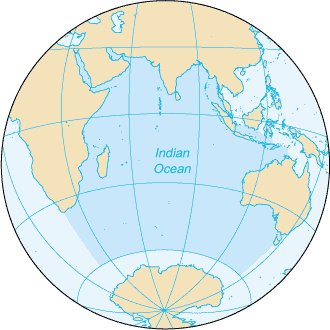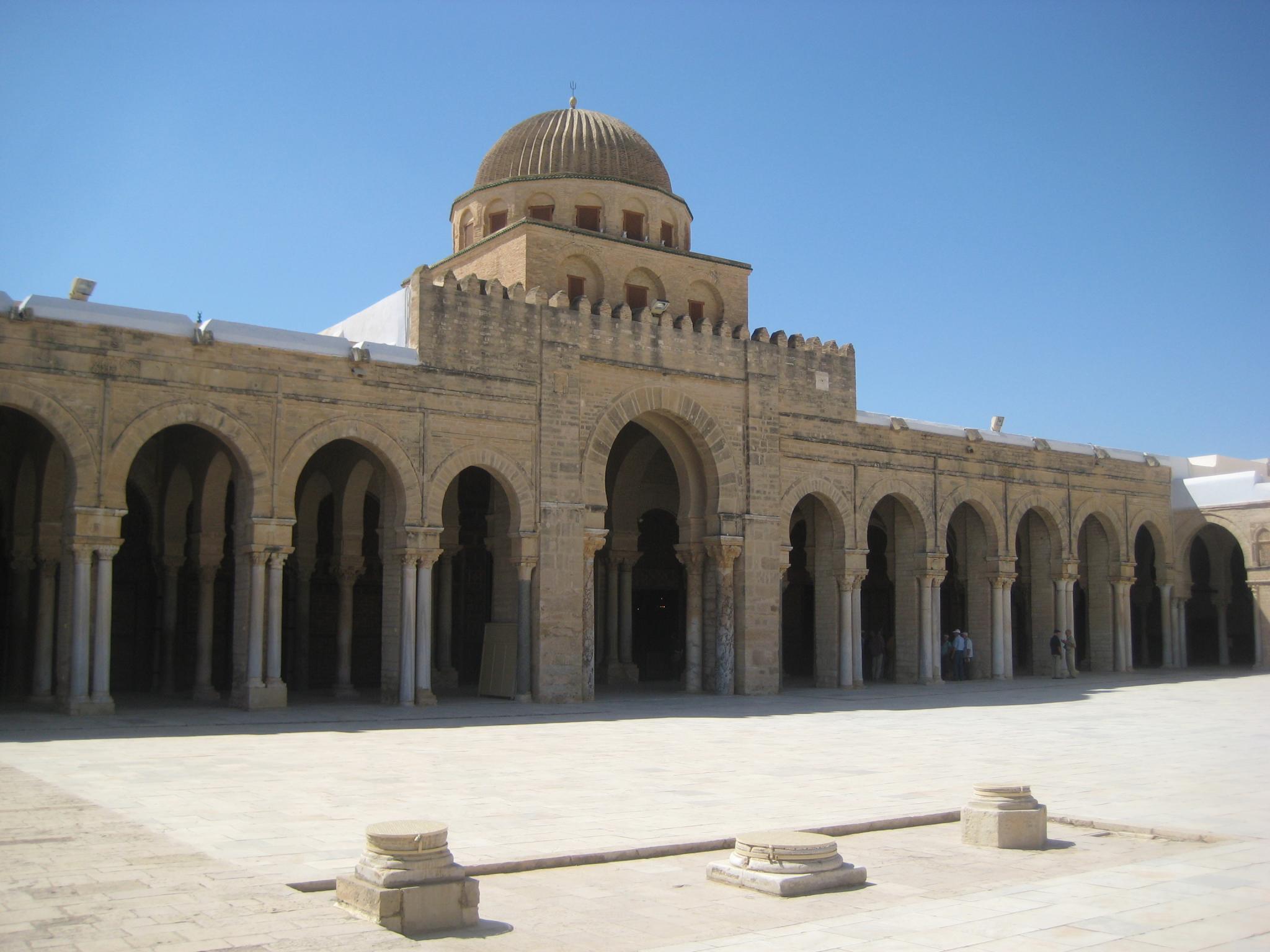|
Intimate Parts In Islam
The intimate parts ( ar, عورة ', ar, ستر, ') of the human body must, according to Islam, be covered by clothing. Exposing the intimate parts of the body is unlawful in Islam as the Quran instructs the covering of male and female genitals, and for adult females the breasts. Exposing them is normally considered sinful. Exposing intimate parts when needed, such as going to the toilet or bathing, falls under a specific set of rules. Precisely which body parts must be covered varies among different schools of Islamic thought. Etymology In Arabic, the term '''awrah'' or '''awrat'' () derives from the root ‘-w-r, usually meaning "nakedness". In Persian and Kurdish as well as Urdu, the word'' 'awrat'' ( fa, , links=no) derived from the Arabic'' 'awrah'', had been used widely to mean "woman". Consulting Mohammad Moin's dictionary of Persian,'' 'awrah'' leads to three significations: # Something that a person is ashamed of # Young woman # Intimate body parts Other derivatives ... [...More Info...] [...Related Items...] OR: [Wikipedia] [Google] [Baidu] |
Islam
Islam (; ar, ۘالِإسلَام, , ) is an Abrahamic religions, Abrahamic Monotheism#Islam, monotheistic religion centred primarily around the Quran, a religious text considered by Muslims to be the direct word of God in Islam, God (or ''Allah'') as it was revealed to Muhammad, the Muhammad in Islam, main and final Islamic prophet.Peters, F. E. 2009. "Allāh." In , edited by J. L. Esposito. Oxford: Oxford University Press. . (See alsoquick reference) "[T]he Muslims' understanding of Allāh is based...on the Qurʿān's public witness. Allāh is Unique, the Creator, Sovereign, and Judge of mankind. It is Allāh who directs the universe through his direct action on nature and who has guided human history through his prophets, Abraham, with whom he made his covenant, Moses/Moosa, Jesus/Eesa, and Muḥammad, through all of whom he founded his chosen communities, the 'Peoples of the Book.'" It is the Major religious groups, world's second-largest religion behind Christianity, w ... [...More Info...] [...Related Items...] OR: [Wikipedia] [Google] [Baidu] |
Sura
A ''surah'' (; ar, سورة, sūrah, , ), is the equivalent of "chapter" in the Qur'an. There are 114 ''surahs'' in the Quran, each divided into '' ayats'' (verses). The chapters or ''surahs'' are of unequal length; the shortest surah ('' Al-Kawthar'') has only three verses while the longest (''Al-Baqara'') contains 286 verses.Muhammad Mustafa Al-A'zami (2003), ''The History of The Qur'anic Text: From Revelation to Compilation: A Comparative Study with the Old and New Testaments'', p.70. UK Islamic Academy. . Of the 114 chapters in the Quran, 86 are classified as Meccan, while 28 are Medinan. This classification is only approximate in regard to the location of revelation; any chapter revealed after migration of Muhammad to Medina (''Hijrah'') is termed Medinan and any revealed before that event is termed Meccan. The Meccan chapters generally deal with faith and scenes of the Hereafter while the Medinan chapters are more concerned with organizing the social life of the nascent M ... [...More Info...] [...Related Items...] OR: [Wikipedia] [Google] [Baidu] |
Hanbali
The Hanbali school ( ar, ٱلْمَذْهَب ٱلْحَنۢبَلِي, al-maḏhab al-ḥanbalī) is one of the four major traditional Sunni schools (''madhahib'') of Islamic jurisprudence. It is named after the Arab scholar Ahmad ibn Hanbal (d. 855), and was institutionalized by his students. The Hanbali madhhab is the smallest of four major Sunni schools, the others being the Hanafi, Maliki and Shafi`i. The Hanbali school derives ''sharia'' primarily from the ''Qur'an'', the ''Hadiths'' (sayings and customs of Muhammad), and the views of Sahabah (Muhammad's companions). In cases where there is no clear answer in sacred texts of Islam, the Hanbali school does not accept ''istihsan'' (jurist discretion) or '''urf'' (customs of a community) as a sound basis to derive Islamic law, a method that Hanafi and Maliki Sunni '' madh'habs'' accept. Hanbali school is the strict traditionalist school of jurisprudence in Sunni Islam. It is found primarily in the countries of Saudi Arabia ... [...More Info...] [...Related Items...] OR: [Wikipedia] [Google] [Baidu] |
Hanafi
The Hanafi school ( ar, حَنَفِية, translit=Ḥanafiyah; also called Hanafite in English), Hanafism, or the Hanafi fiqh, is the oldest and one of the four traditional major Sunni schools ( maddhab) of Islamic Law (Fiqh). It is named after the 8th century Kufan scholar, Abu Hanifa, a Tabi‘i of Persian origin whose legal views were preserved primarily by his two most important disciples, Imam Abu Yusuf and Muhammad al-Shaybani. It is considered one of the most widely accepted maddhab amongst Sunni Muslim community and is called the ''Madhhab of Jurists'' (maddhab ahl al-ray). The importance of this maddhab lies in the fact that it is not just a collection of rulings or sayings of Imam Abu Hanifa alone, but rather the rulings and sayings of the council of judges he established belong to it. It had a great excellence and advantage over the establishment of Sunni Islamic legal science. No one before Abu Hanifa preceded in such works. He was the first to solve the cases an ... [...More Info...] [...Related Items...] OR: [Wikipedia] [Google] [Baidu] |
Shafi'i
The Shafii ( ar, شَافِعِي, translit=Shāfiʿī, also spelled Shafei) school, also known as Madhhab al-Shāfiʿī, is one of the four major traditional schools of religious law (madhhab) in the Sunnī branch of Islam. It was founded by Arab theologian Muḥammad ibn Idrīs al-Shāfiʿī, "the father of Muslim jurisprudence", in the early 9th century. The other three schools of Sunnī jurisprudence are Ḥanafī, Mālikī and Ḥanbalī. Like the other schools of fiqh, Shafii recognize the First Four Caliphs as the Islamic prophet Muhammad’s rightful successors and relies on the Qurʾān and the "sound" books of Ḥadīths as primary sources of law. The Shafi'i school affirms the authority of both divine law-giving ( the Qurʾān and the Sunnah) and human speculation regarding the Law. Where passages of Qurʾān and/or the Ḥadīths are ambiguous, the school seeks guidance of Qiyās (analogical reasoning). The Ijmā' (consensus of scholars or of the community ... [...More Info...] [...Related Items...] OR: [Wikipedia] [Google] [Baidu] |
Maliki
The ( ar, مَالِكِي) school is one of the four major schools of Islamic jurisprudence within Sunni Islam. It was founded by Malik ibn Anas in the 8th century. The Maliki school of jurisprudence relies on the Quran and hadiths as primary sources. Unlike other Islamic fiqhs, Maliki fiqh also considers the consensus of the people of Medina to be a valid source of Islamic law. The Maliki school is one of the largest groups of Sunni Muslims, comparable to the Shafi`i madhhab in adherents, but smaller than the Hanafi madhhab. Sharia based on Maliki doctrine is predominantly found in North Africa (excluding northern and eastern Egypt), West Africa, Chad, Sudan, Kuwait, Bahrain, Qatar, the Emirate of Dubai (UAE), and in northeastern parts of Saudi Arabia.Jurisprudence and Law – Islam Reorienting the Veil, University of North Car ... [...More Info...] [...Related Items...] OR: [Wikipedia] [Google] [Baidu] |
Mahram
In Islam, a ''mahram'' is a family member with whom marriage would be considered permanently unlawful (''haram''). One's spouse is also a mahram. A woman does not need to wear hijab around her mahram, and an adult male mahram may escort a woman on a journey, although an escort may not be obligatory. Overview People with whom marriage is prohibited * permanent or blood ''mahrams'' include: ** all direct ancestors ** all direct descendants ** siblings ** siblings of parents, grandparents and further antecedents ** children and further descendants of siblings * in-law ''mahrams'' with whom one becomes ''mahram'' by marrying someone: ** all the ancestors of one's spouse ** all the descendants of one's spouse ** all who marry a direct ancestor ** all who marry a direct descendant (Note: A woman may marry her stepfather only if the stepfather has not consummated his marriage to her mother.) * ''Rada'' or "milk-suckling ''mahrams''" with whom one becomes ''mahram'' because of being ... [...More Info...] [...Related Items...] OR: [Wikipedia] [Google] [Baidu] |
Majma' Al-Bayan
Majma‘ al-Bayan fi-Tafsir al-Qur'an ( ar, مجمع البيان في تفسير القرآن) is a tafsir by the 12th century Imami scholar and author Shaykh Tabarsi. This commentary is a comprehensive classical tafsir. Tabarsi was a man of great erudition. He was a master of Arabic and a noted theologian and jurist. The work is considered one of the most authoritative Imami Qur'an commentaries. Al-Tabrisi's method is to take up one group of verses at a time and discuss qira’at, language and grammar before providing a detailed commentary on the text, based on both Sunni and Shi‘i sources and incorporating his own views. His commentary for each passages are divided into five sections: introductory discourse, reading guide, language discourse, revelation and circumstances surrounding it, and meaning Majma' al-bayan is written after Al-Tibbyan Fi Tafsir al-Quran and is clearly dependent on it.Scripture and Exegesis in Early Imāmī-Shiism By Meʼir Mikhaʼel Bar-Ashe, p. 22 ... [...More Info...] [...Related Items...] OR: [Wikipedia] [Google] [Baidu] |
Shaykh Tabarsi
Abu Ali Fadhl ibn Hasan Tabresi (Persian/Arabic:ابو على فضل بن حسن طبرسى) known as Shaykh Tabarsi, was a 12th-century Persian Shia scholar who died in 548 AH (1153 CE). Life Tabresi was born in the year 1073 AD in Tabaristan province or some scholars said in Tafresh a city which was named at those days Tabres, Iran. He lived and taught in Mashhad until the year 1128 AD. He wrote a number of books on doctrine, theology, ethics and grammar. He wrote his famous work, a commentary on the Quran, when he was over the age of sixty, living in Sabzawar. He had many students, most famous are his son Radhi ad-Din Tabarsi, author of the book Makarim al-Akhlaq', and Ibn Shahr-e Ashub. He was killed in the Oghuz invasion to Khorasan. The location of his grave is disputed as to it being within the Imām Ridhā Shrine complex or whether it lies in Mazandaran. The shrine located in Mazandaran was the location of the battle between the forces of the Shah of Persia and the ... [...More Info...] [...Related Items...] OR: [Wikipedia] [Google] [Baidu] |
Types Of Hijab
This table of types of hijab describes terminologically distinguished styles of Islamic clothing commonly associated with the word ''hijab''. The Arabic word ''hijāb'' can be translated as "cover, wrap, curtain, veil, screen, partition", among other meanings. In the Quran it refers to notions of separation, protection and covering in both literal and metaphorical senses. Subsequently, the word has evolved in meaning and now usually denotes a Muslim woman's veil In English, the term refers predominantly to the Islamic head covering for women and its underlying religious precepts. at Oxford Dictionaries See also * |
.jpg)



